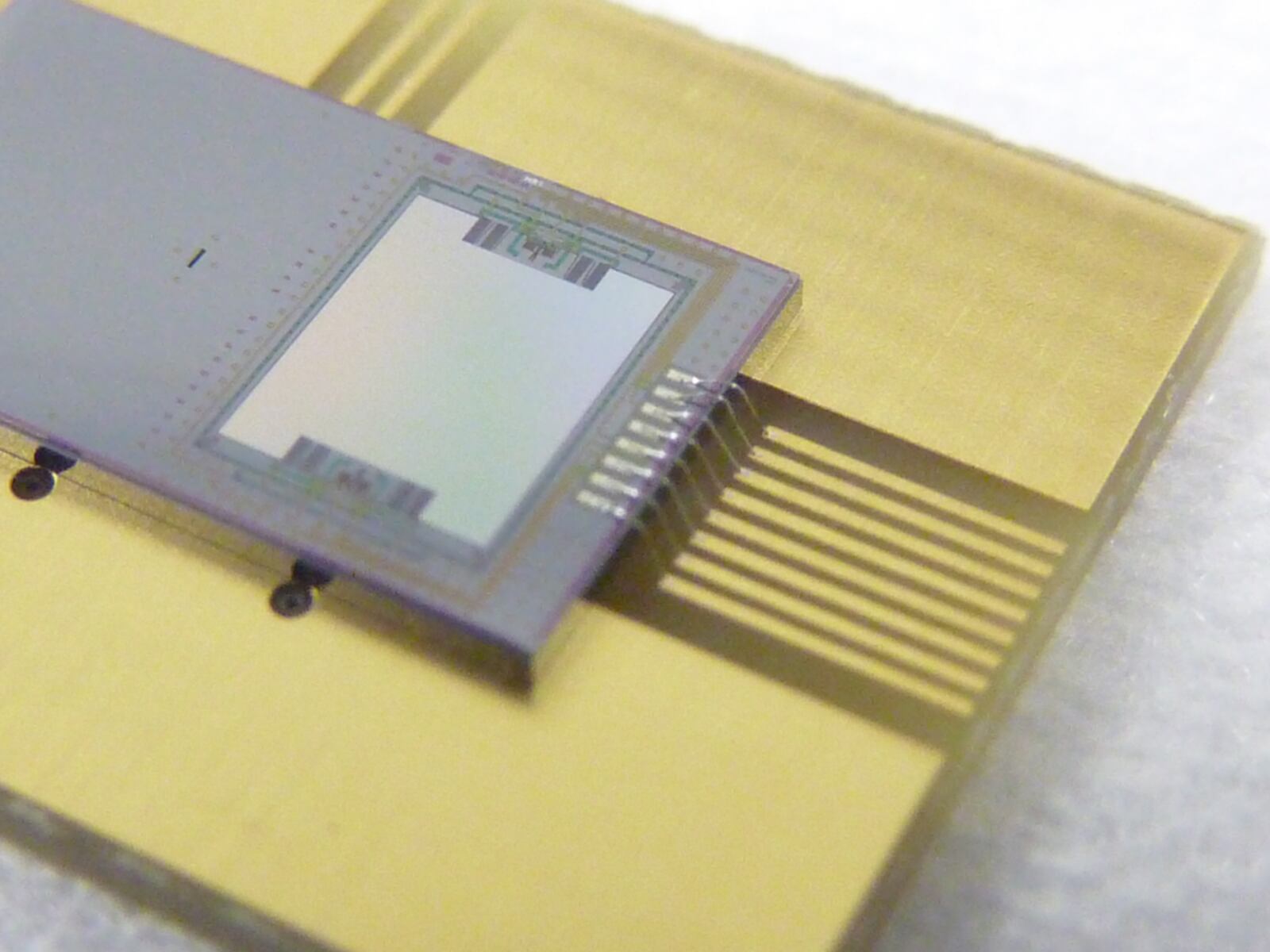The Germany-based research body is developing a mini spectrometer that it says will pave the way for instant quality analysis across cosmetic and dermatology areas.
Company spokesperson, Michael Scholles told CosmeticsDesign-Europe.com that the new optical design and use of special micromechanical parts allows a significant reduction in size and cost so that it might be used in equipment for concerned customers that opt for high-end cosmetics.
"Cosmetics and some applications in dermatology require spectra in the infrared which can be expensive, whereas Fraunhofer’s spectrometer could determine the optimum product choice according to their skin type at low cost for example.”
Sugar lump-sized breakthrough
The miniature equipment (see below) works by shining a broad-bandwidth light on the item to be tested. While the technology is well-established, Fraunhofer said the breakthrough is the size if the equipment. With a volume of only 2.1 cc, it is 30 percent smaller than a sugar cube, and thus substantially more compact than its commercially available counterparts, which are around 350 times larger.

Another major advantage is that the devices are inexpensive to make and suitable for mass production.
“We expect spectrometers to develop in the same way that digital cameras did,” says Dr Heinrich Grüger, manager at the institute’s Photonic Microsystems IPMS in Dresden, where the system is being developed. “A camera that cost €500 ten years ago is far less capable than the ones you get virtually for free today in your cell phone.”
Manufacturing technique
Spectrometers are usually manufactured by assembling individual components – including mirrors, optical gaps, grating and detector – with each having to be put in place individually and properly aligned.
The IMPS researchers instead manufacture the individual gratings and optical gaps directly on silicon wafers – which are large enough to hold the components of several hundred spectrometers.
This means that hundreds of near infrared systems can be produced simultaneously, according to the scientists.
The wafers containing the integrated components are stacked on top of the ones bearing the optical components – producing what are called Micro Electro Mechanical Systems (MEMS) - and then aligned and bound and isolated to form individual spectrometers.
“This means the researchers do not need to position each component, but only the respective composite substrate."
A further plus is that the devices produced are more robust than their handmade counterparts.
Time to market
The team has reported that the device could be ready for market launch in three to five years and are currently also working on creating a corresponding infrastructure.
“We are developing intelligent algorithms that analyse the recorded spectrums immediately, compare them with the requirements and then advise the consumer whether or not to buy the item,” said Dr Gruger.
